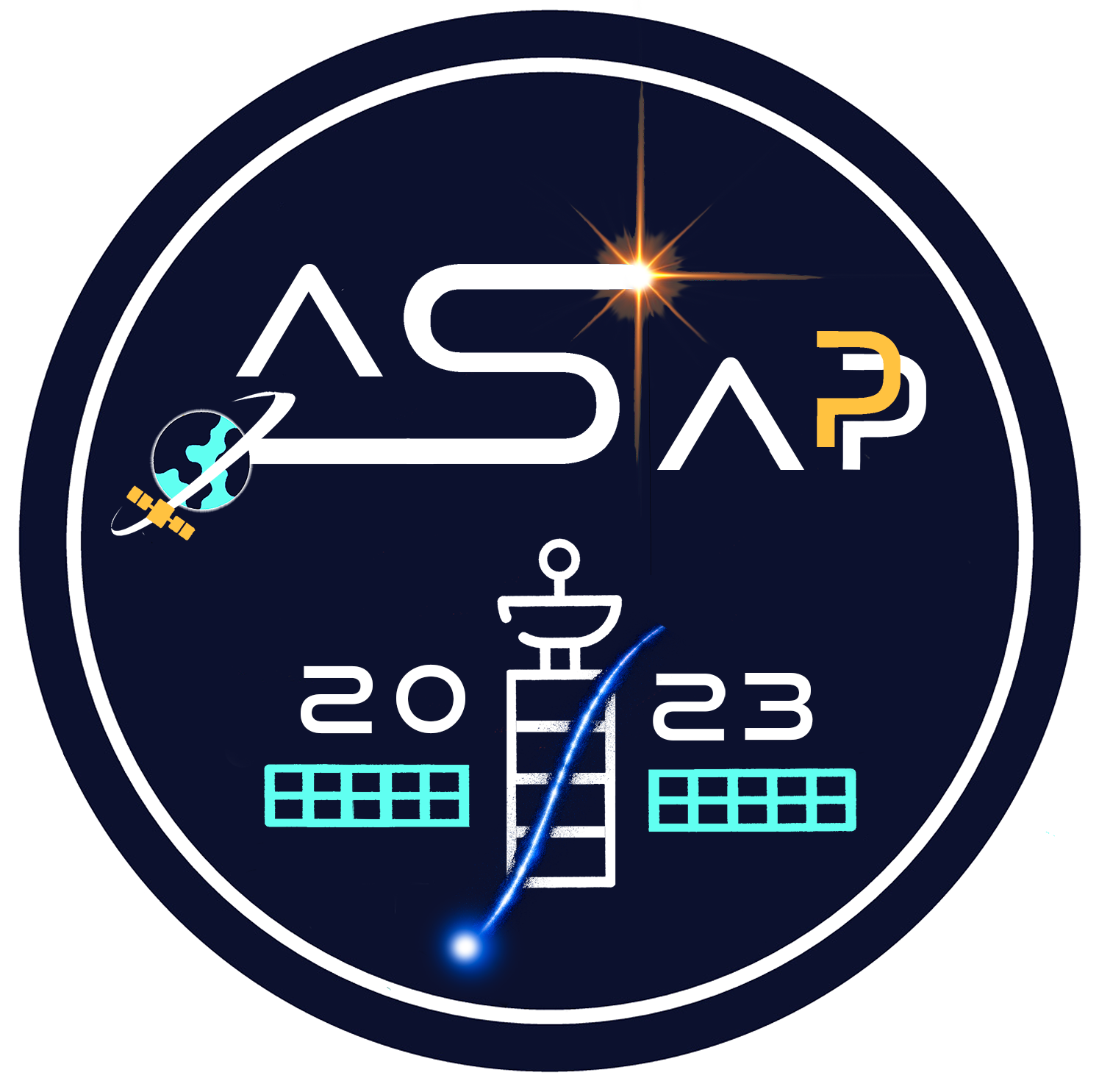Speaker
Description
The High Energy cosmic-Radiation Detection (HERD) facility has been proposed as one of the main experiments on board the China Space Station. Herd is scheduled to be installed around 2027, and to operate for at least 10 years. Its main stated scientific goals are the study of the cosmic ray spectrum and composition up to the ~PeV energy range, indirect dark matter detection, and all-sky gamma-ray observation in the 100 MeV - 100 GeV energy range.
HERD will feature a novel design in order to optimize its acceptance per weight. It is composed of a central 3D imaging calorimeter (CALO), surrounded on top and on its four lateral sides of its faces by complementary subdetectors: the fiber tracking detector (FIT), the plastic scintillator detector (PSD), and the silicon charge detector (SCD). A transition radiation detector (TRD) is installed on one of its faces for calibration.
An dedicated trigger, dubbed the ultra-low-energy gamma-ray (ULEG) trigger, is required to enable the detection of energy gamma rays down to $\sim 100$ MeV. The ULEG trigger design is based upon the search for energy deposition patterns on the FIT and PSD, compatible with the conversion of a gamma-ray within the FIT volume, and resulting in enough FIT hits to allow for a good-quality gamma-ray direction reconstruction. We describe the current status of the design of the ULEG trigger system, and of its hardware implementation. We also characterize its performance in detecting gamma-rays, as inferred from Monte Carlo studies.
| Eligibility for "Best presentation for young researcher" prize | Yes |
|---|
